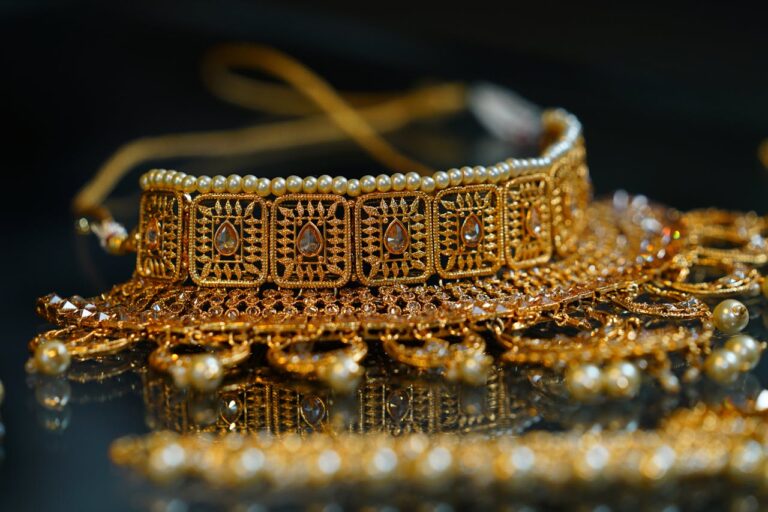
Investing in Precious Metals: An Essential Guide for Gold, Silver, and Platinum
In an evolving financial landscape where traditional investment vehicles often no longer suffice for the discerning investor, peer-to-peer (P2P) real estate lending emerges as a compelling alternative. This guide outlines a nuanced approach to engaging with P2P real estate lending platforms, designed to provide real estate investors, financially savvy individuals, and passive income seekers with a comprehensive understanding of how to capitalize on this innovative investment opportunity.
Introduction to Investing in Precious Metals
Investing in precious metals can serve several purposes in an investment portfolio, including inflation protection, diversification, and as a safe haven during times of financial instability. Unlike paper currency, precious metals retain intrinsic value and have been used as a form of currency, jewelry, and investment for thousands of years.
Comparative Analysis of Gold, Silver, and Platinum
Gold is often the first choice for investors due to its long history as a store of value. It is highly liquid, easily tradable, and tends to maintain its worth over time, making it a reliable hedge against inflation and currency depreciation.
While silver often trails behind gold in terms of market attention, it presents an attractive investment option due to its industrial demand. Besides its monetary value, silver is widely used in various industries, including electronics, solar panels, and medicine, which can influence its price dynamics.
Platinum, rarer than gold and silver, carries a unique appeal due to its industrial applications, especially in the automotive industry for catalytic converters. Its price is more volatile than gold, linked closely to both its demand in industrial uses and investment spheres.
Historical Performance and Price Influences
The prices of precious metals are influenced by a myriad of factors, including supply and demand dynamics, geopolitical tensions, currency values, and global economic indicators. Historically, gold has served as a steadfast investment, especially in times of geopolitical stress and inflation. Silver and platinum prices have shown more volatility, influenced heavily by industrial demand and changes in technology.
Practical Advice for First-Time Investors
For those new to precious metals investing, start with:
- Research: Understand the market trends and factors influencing metal prices.
- Budgeting: Determine how much of your portfolio to allocate to precious metals.
- Purchasing: Decide between physical metals (bars, coins) and metal-based financial instruments (ETFs, stocks, mutual funds).
- Storage: Plan for the secure storage of physical assets or choose a reputable broker for financial instruments.
Role in a Diversified Portfolio
Diversification is key to managing risk in any investment strategy. Precious metals can diversify a portfolio and reduce volatility because their prices often move independently of stock markets. Allocating a portion of your portfolio to precious metals can act as financial insurance against systemic risks and market corrections.
Potential Risks and Benefits
Investing in precious metals comes with its set of risks and benefits. While offering protection against inflation and economic instability, the market for precious metals can be volatile, with prices affected by numerous global factors. Investors should be prepared for potential short-term price fluctuations and consider precious metals as part of a long-term diversified investment strategy.
Conclusion
The allure of precious metals as an investment is both historical and functional, offering unique benefits in portfolio diversification and wealth protection. While gold, silver, and platinum each offer different advantages and considerations, a judicious approach, backed by research and sound financial advice, can help leverage these timeless assets for financial security and growth.
Whether you’re a seasoned investor or new to the precious metals market, it’s crucial to continually educate yourself on market trends and consult with financial advisors to tailor your investment strategy to your financial goals and risk tolerance. For further reading or to seek consultation on integrating precious metals into your investment portfolio, consider reaching out to a financial advisor experienced in precious metals markets.